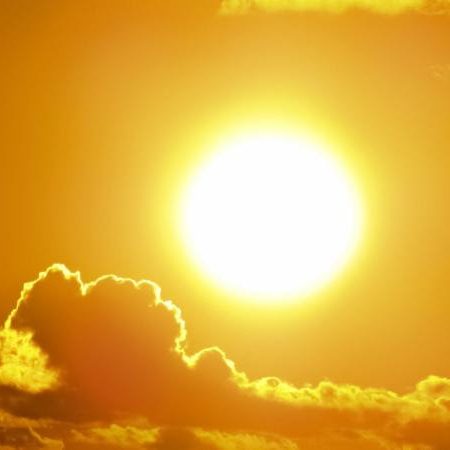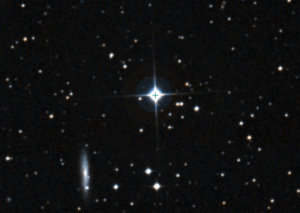
Hi everyone,
[vcex_spacing size=”30px”]
Stars, like puppies, are born in litters. Although humans usually give birth to one offspring at a time, multiple births are the norm for stars. In fact, it’s unusual for a star to be born without siblings.
[vcex_spacing size=”30px”]
Stellar birth takes place in giant clouds of gas and dust that are slowly squeezed by gravity until they fragment into stars. Depending on its size, a single cloud can spawn dozens to millions of stars. These litters usually disperse over time as siblings drift apart, tugged this way and that by the gravitational pull of other passing stars, star clusters and gas clouds. Yet most stars manage to hang onto a sibling or two, becoming lifelong companions locked in an endless gravitational hug.
[vcex_spacing size=”30px”]
The Sun was probably born in such a litter nearly five billion years ago. But nobody knows where our star’s siblings are today. Like a litter of puppies all adopted by different homes, the Sun’s brother and sister stars have dispersed to parts unknown. Somewhere out there, the Sun’s long-lost siblings wander through space, oblivious to our yellow star and the planets huddled around it.
[vcex_spacing size=”30px”]
 [vcex_spacing size=”30px”]
[vcex_spacing size=”30px”]But now astronomers think they might have found one of the Sun’s siblings, maybe even an identical twin. Just as human siblings share similar genetic traits inherited from their parents, stars born to the same parent gas cloud share the same ages and same proportions of different types of atoms, which provides a sort of cosmic DNA test to identify stellar siblings.
[vcex_spacing size=”30px”]
By carefully sifting through data for about 17,000 stars, a team of astronomers in Europe found that one of them, named HD 186302, turns out to be the spitting image of our Sun. Not only does it have the same atomic composition and age as the Sun, its size, temperature and luminosity are also nearly identical. An image of this solar doppelgänger is shown below.
[vcex_spacing size=”30px”]
 [vcex_spacing size=”30px”]
[vcex_spacing size=”30px”]Located just 184 light years away – practically in our neighborhood – it’s possible that HD 186302 could even Earth-like planets with conditions suitable for life. Perhaps future Earthlings will someday travel to HC 186302 to invite our cousins over for a barbecue.
[vcex_spacing size=”30px”]
If you’d like to know more, just click here.
If you’d like to read the full (technical) scientific paper about this discovery, you’ll find it here.
[vcex_spacing size=”30px”]
Best regards,
Michael
***
Sign up for AstroAlerts from Lowell Observatory’s Deputy Director for Science, Dr. Michael West, to receive breaking news stories from the world of astronomy, as well as information about upcoming meteor showers, eclipses, International Space Station sightings and other astronomical events.
Want a taste of what you will be receiving? Click HERE for an archive of the most recent AstroAlerts sent to subscribers.